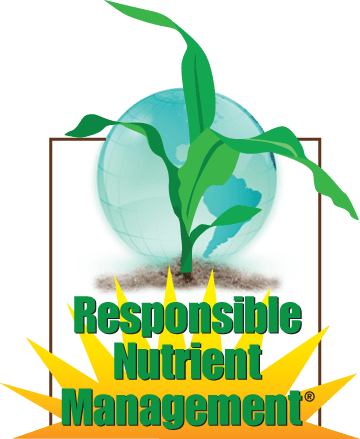
Recognized for their successful fertilizer application practices, Brooks Garland, of Lee, Fla., Adam Chappell of Cotton Plant, Ark., and Paul Overby of Wolford, N.D. were honored as the 14th class of Responsible Nutrient Management Practitioners at the 2022 National No-Tillage Conference in Louisville, Ky.
The annual award is sponsored by AgroLiquid and No-Till Farmer. Below is a synopsis of each farmer’s fertilizer program.
Brooks Garland, Lee, Fla.
Monitoring soil moisture has helped north Florida farmer Brooks Garland narrow in on his economic and production sweet spot for irrigation and nutrient application.
Since installing around 37 soil moisture probes with electrical conductivity (EC) sensors, Garland has a more precise look at what’s happening in his super sandy soils. The knowledge has resulted in 250,000 pounds less nitrogen (N) and more than 200 million gallons less water applied per year to the 11,000 acres he farms.
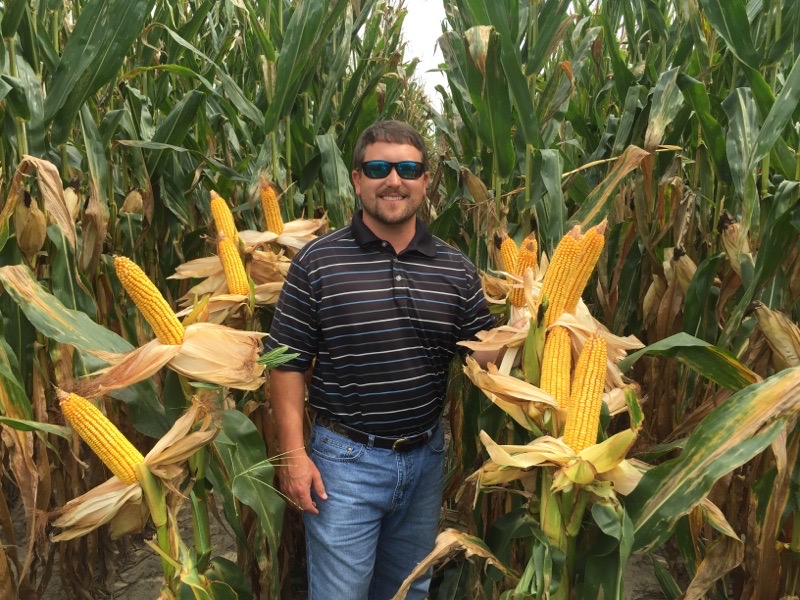
Brooks Garland, Lee, Fla.
Despite getting a fair amount of rain — an average of 54 inches per year — water moves quickly through Garland’s extremely sandy soils. Most acres are irrigated to keep moisture in the root zone of these fast-drying soils. But more water moving through the soil is more likely to take N with it. With soil sensors installed in every pivot circle, Garland only applies water when needed.
“Whether it’s rain or irrigation, I know the true moisture content of my soil in 4-inch increments to a 24-inch depth,” he says.
The result is he’s greatly reduced overwatering, which contributed to moving nutrients out of his root zone. The EC sensors help pick up the salts in potassium (K) and N, helping confirm if they’re staying in the root zone, too. “It’s been proven to me year in and year out my crops do better when I water and manage nutrients based on what’s actually happening in the soil,” he says.
Managing moisture along with placement and timing of nutrient application has resulted in a 30% decrease in applied N in corn, which makes up half of Garland’s acres each year. The rest are in peanuts with carrots planned in the following year.
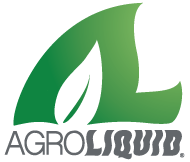
Spoon Feeding. Nutrients are applied six times per growing season, starting with chicken litter in the fall. He used to apply three tons of raw litter per acre but now applies 1,000 pounds per acre of dried litter with the same benefits.
Next is starter fertilizer followed by two passes with a toolbar equipped with 360 Y-Drops to stream nutrients on the soil right next to the plant. The final two applications are either sidedressed dry fertilizer or fertigation.
“Instead of spreading my N all around, I’m able to place it right at the row so I don’t have to apply as much,” Brooks says.
“Cover crops help take up any leftover N in the field and further tighten up my fertility system...” — Brooks Garland
Testing, Testing. Garland seeds oats as a cover crop ahead of corn and a mix of sorghum-sudangrass and sunnhemp ahead of peanuts.
“Cover crops help substantially with erosion. Wind can really blow the sand in a bare field here. My fields don’t blow. It costs a bit and is another field pass, but it’s good for the environment and the growing plants help take up any leftover N in the field to help further tighten up my fertility system.”
Garland evaluates his soils using the Mehlich-3 soil test several months prior to planting. The results determine the first few nutrient applications, including any necessary micronutrients. Once established, tissue samples are taken weekly to determine plant needs.
Trials looking at different hybrids, products and management systems are what he counts on getting him to the next level. “I need to find the sweet spot where I see great yield with limited inputs and effort. It’ll take years, but I’m going to keep working toward it.”
Adam Chappell, Cotton Plant, Ark.
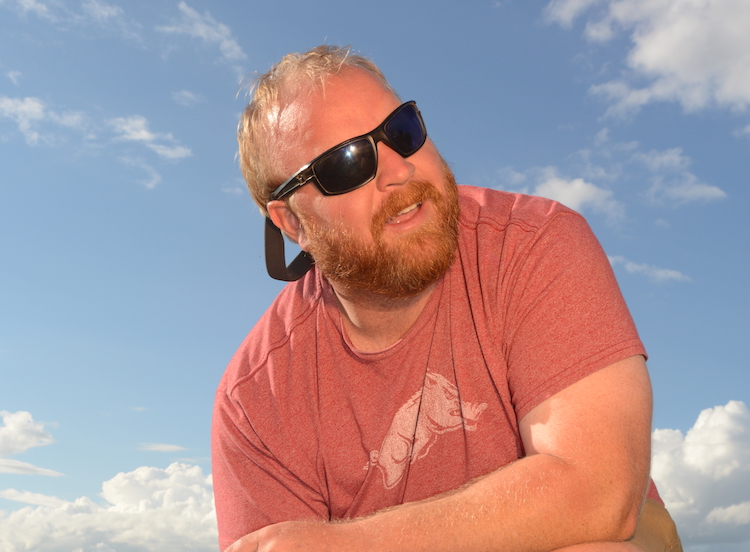
Adam Chappell, Cotton Plant, Ark.
Soils teeming with microbial activity have turned Adam Chappell’s fertility program on its head. He and his brother, Seth, haven’t applied any synthetic phosphorus (P) or potassium (K) beyond what’s in their starter on their Cotton Plant, Ark., farm, since 2016. They’ve also reduced nitrogen (N) rates by 25-50% compared to university N recommendations for corn yields.
Slashing fertility wasn’t initially a focus for the brothers. Glyphosate resistant pigweed had the Chappells in a chokehold and they were starting to see spots. They cracked the weed problem with no-till and cover crops. With those changes came huge reductions in expensive chemical applications and a peek at what soils could do when management practices favored soil health and soil life.
“We started with a few parts — no-till and cover crops — then started putting things together. Suddenly, we could see we had something,” Chappell says. Microbial life started cycling nutrients from the soil itself. Experimenting showed they were getting the same yields despite cutting back on inputs — drastically. “Now nearly everything we do is motivated by supporting the microbial population.
“We’ve learned insecticides, fungicides and certain herbicides can be detrimental to soil life...” — Adam Chappell
Potassium Paradox. After listening to a podcast with Richard Mulvaney on what he calls “The Potassium Paradox” about how there’s enough nutrients in the soil to last many lifetimes, Chappell took soil samples, and then applied 100 pounds of K to one half of a soybean field and none to the other. Not only was there no yield difference, there was no difference in the soil tests the following year either.
“The only explanation was my soils were coming alive and the microorganisms were making those nutrients available from the soil. So, I quickly stair-stepped P and K down and then stopped applying them altogether,” Chappell says.
Chappell takes sap samples three times per year on all crops, which identify in-season micronutrient and N needs and help direct applications for the next crop. Chappell stopped using urea as it can be hard on microorganisms. Instead, he spreads granular ammonium sulfate (AMS) in the spring. All crops get an at-plant starter that includes a small amount of P and K, but mostly plant extracts and sugars in a proprietary product called “Aussie Sauce.”
If sap tests show additional nutrients are needed, he sidedresses the indicated amount needed of a 32% UAN-calcium blend with a 360 Y-Drop applicator. Sidressing occurs between V6 and V9 in corn and at joint movement in rice. The Y-Drop puts N right at the base of the plant.
Another source of fertility is compost. With literal tons of material at close hand in rice hulls, cotton gin trash and poultry litter, Chappell decided to try composting in 2020 immediately after harvest on 1,500 acres. Those fields saw a 25-30% yield increase in 2021.
Custom Grazing. The Chappells also work with an area cattle producer to custom graze as many acres of cover crops as possible. The manure and urine the 40-100 head of cattle add bring even more diverse microbial life to their soils. On the flip side, they’ve changed practices to protect soil life.
“We’ve learned insecticides, fungicides and certain herbicides can be detrimental to soil life,” he says. Fortunately, cover crops and their rotation have helped reduce pressure.
To further build soils, the Chappells have begun rotating all four of their main summer crops — rice, corn, cotton and soybeans — on all 7,800 acres. More high-carbon crops on more acres more often — in addition to cover crops — builds and protects soil and supports soil life.
The combined shift in management has made a difference in the Chappells’ lives, too.
“It’s a huge stress reliever to not spend a fortune in inputs with no guarantee we’ll make a crop. The challenge and the change has made farming fun again,” Chappell says.
Paul Overby, Wolford, N.D.
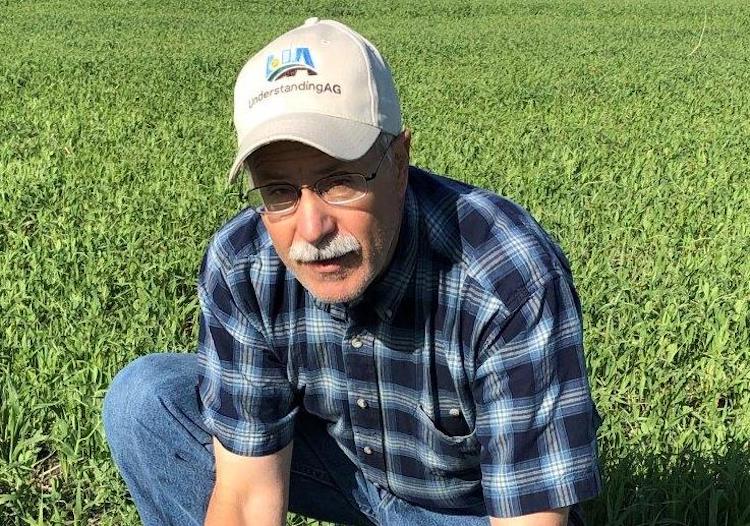
Paul Overby, Wolford, N.D.
The idea he could raise a high-yielding crop with reduced fertility stuck in Paul Overby’s brain after a bumper wheat crop in 1993, one that far exceeded anticipated yield when they determined fertility rates for those acres.
“We had fertilized for 35-bushel wheat and harvested a 50-bushel crop. Where did that extra N come from?” says Overby.
Overby studied and kept on growing his canola, hard red spring wheat, barley, field peas flax and sunflowers (he’s since removed barley and added oats and soybeans).
In 2004 he teamed up with Satshot, a company using high quality satellite imagery to understand field variability. Together they mapped his fields, identifying five productivity zones and used test analysis to create a variable rate N application plan.
“Soil testing based on productivity showed me I had a tremendous reserve of nutrients in low-yielding areas. In places around wetlands where pH was high, I had 90 pounds of residual N. I was able to immediately start saving money by backing off N in those areas to try and balance things out,” he says.
That same year he switched the entire farm to no-till.
Using preplant soil testing and yield data he was able to match fertility to yield goals. The data also revealed an issue with salinity that was largely invisible. Overby opted to take 75 of his 1,800 acres out of annual crop production, enrolling some acres with salinity problems in CRP converting others to hay buffer strips.
“N is dynamic because weather, soil life and SOM are dynamic...” — Paul Overby
Weeds-Insects-Fertility. For years after switching to no-till, Overby would knife in anhydrous in the fall.
“I was mostly just planting weed seeds. Wherever the knife ran there were significantly worse weeds and volunteer crops the following spring,” he says.
He switched to topdressing urea treated with the urease inhibitor, Contain, after emergence in wheat, oats, canola, sunflowers and flax. The crop relies on starter N and mineralized soil N until roots are established and ready to take up a higher rate of applied N along with more mineralized soil N. This shift has resulted in increased wheat protein, which indicates more N is being utilized, but there are also fewer weeds.
“I learned insects and soil life do an incredible job of degrading weed seeds. I was inhibiting that with tillage and anhydrous application,” he says.
Banking N. As soil organic matter (SOM) built up, Overby discovered that fields with the highest percentage of SOM were prone to lodging and disease. He realized that the N mineralized from the soil meant he was over-applying. Overby soil tests annually.
“N is dynamic because weather, soil life and SOM are dynamic. There can be significant changes,” he says.
There was limited research on how much N could be mineralized from SOM in North Dakota. Overby took information from other states and calculated that he can allow a 25-pound N credit for every SOM percent point over the baseline of 3.5%. Some fields are now up to 6-7% SOM, but so far Overby caps his N credit at 50 pounds per acre.
“You don’t get as much mineralization from the soil when it’s dry. You need to take that into account if you want to avoid getting burned in a dry year. It’s not necessarily yields, but wheat takes a protein hit,” he says.
To get more details about these farmers’ fertility management programs and farming operations, click the button below. Also visit the Responsible Nutrient Management Practitioners page for further reading.
Read more on the fertility practices of the three winners >>

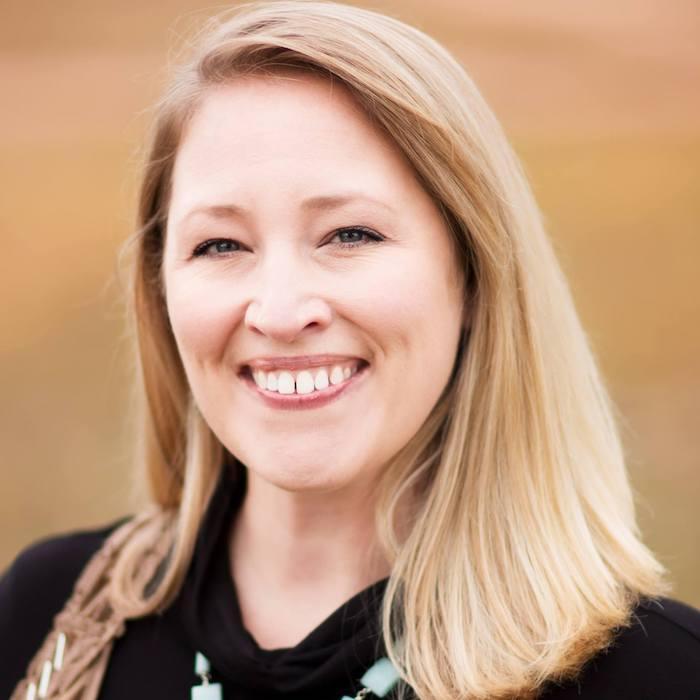





Post a comment
Report Abusive Comment